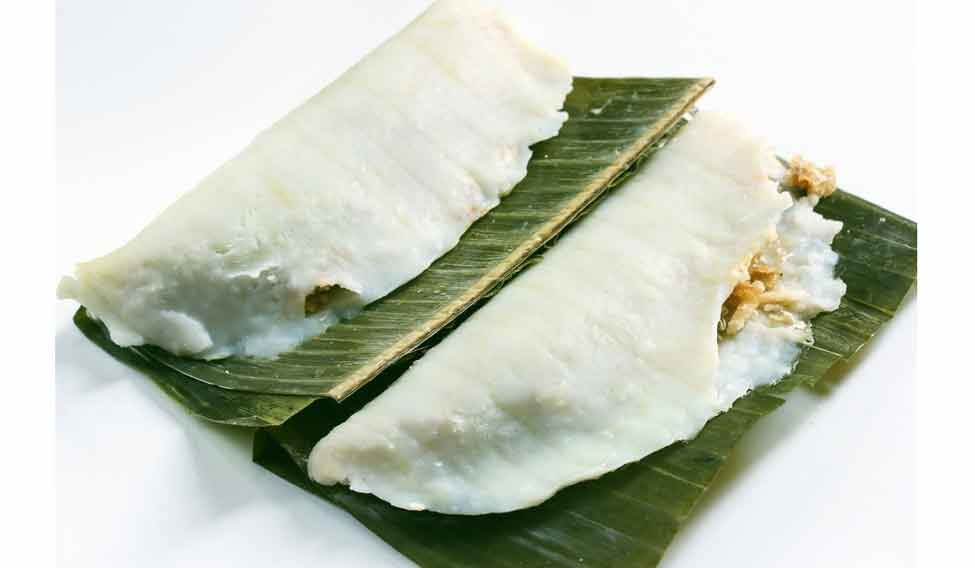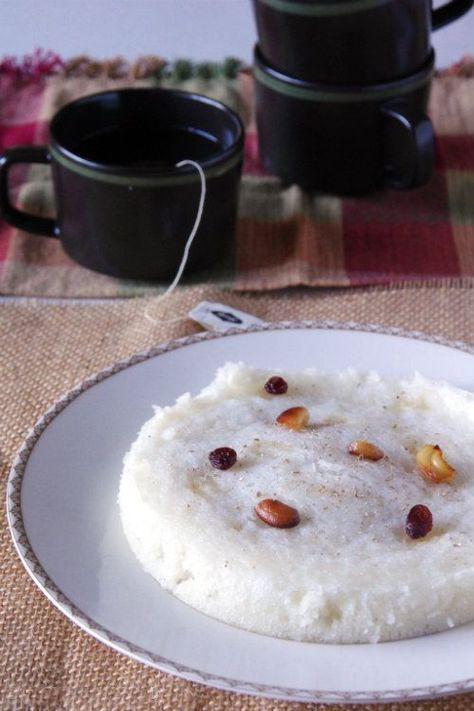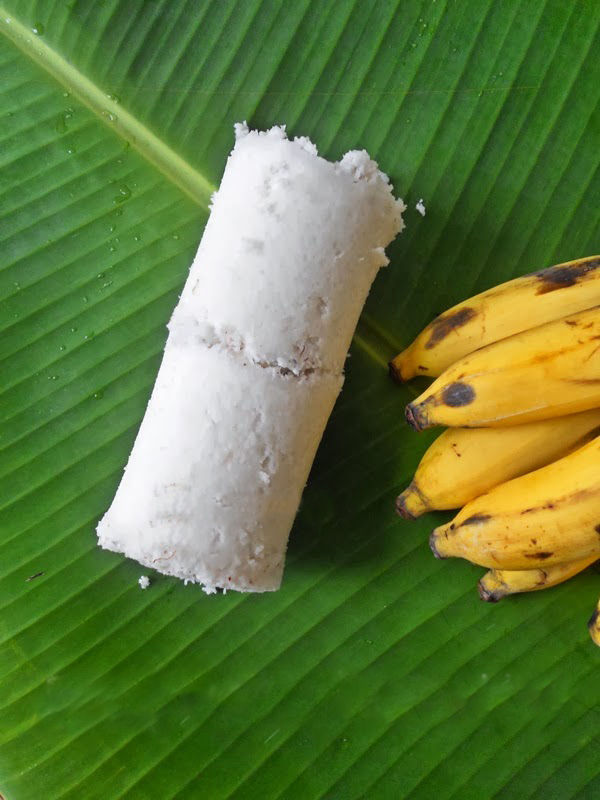#Kerala Food-In Company with Sensual Pleasures
- Ranjini Menon

- Jan 23, 2018
- 5 min read

Image Courtesy : Internet
An average Malayalee's passion for food is embedded in his blood. No wonder Keralites has accepted and assimilated universal ingredients for the preparation of most of the typical Kerala cuisines. The food prepared in masalas, spices, vegetables, meat, eggs, and sea food are numerous and mind boggling. We know that the staple food of Malayalee (The People of Kerala) is rice. It is usually eaten along with an array of curries. We see the magical transformation of rice in the form of parboiled (puzhukalari choru), in the form of batter mixed with thick coconut milk in the making of Appams of various tastes, in the form of Aval (Rice flakes) mixed with jaggery (unrefined sugar) and desiccated coconut or in the form of various flavoured rice dishes like Thenga choru (Coconut rice cooked in Coconut milk or even dishes like tomato rice, ghee rice, Puliogare (Tamarind rice,) etc which are recipes borrowed from nearby states of South India namely Tamilnadu, Karnataka and Andrapradesh. The rice also takes form of Idli's, Dosas, Uthappams, Neer Dosas, Kozhukattas (balls made of rice flour, groundcoconut, Cumins, and shallots or the other version of Madhura (Sweet) Modhakam) Kal appams, Ela Ada's (steamed flour parcels in banana leaf with sweet Fillings), Kumbilappams-(Steamed Sweet Samosas made with rice flour mixed with jack fruit pulp and wrapped in bay leaves) , Ariyunda-roasted and sweetened rice balls etc are some examples of dishes made with rice as basic ingredient. We know that one of the most cherished and Celebrated rice dish in Kerala is Malabar Dum Biriyani made with Jeera rice or Ghandakasala rice. The usual biriyani we eat from other regions of the world are made with basmati rice or rice similar to Basmati.


Ela Ada
Here I would like to mention about two indigenous variety of rice which are grown in Wayanad - the hill Station in North Kerala-Gnandhakasala rice and Jeerakasala rice cultivated by a particular Community called Wayanad Chetties in their pristine village called 'Chekadi, a village Surrounded by forest on three sides and river Kabani on one side, this Village shares boundary with the South Indian state of Karnataka. No wonder this special rice has bagged GI Patent too. When we think of rice, we cannot omit the relevance of Ela Sadhya feast on banana leaf. It is a must do thing for any auspicious occasion for all Malayalees where ever they are. It is true that no Malayalee will miss a Chance to eat on a banana leaf. A lavish feast on banana leaf can definitely called as the Crown Jewel of Kerala food. For Keralite there is a Science Involved in making an Ela-sadhya and eating it. The version and taste of Sadhya (feast) changes with different regions, religions and even Castes. But the key Ingredients are almost the same.
The Science involved i in the feast served in banana leaf declares the incorporation of different flavours namely sweet, Sour,bitter and salty. The serving of food and eating on banana leaf also involves a science, art and logic. The spread is usually divided into many segments and courses. The placing of Curries on the leaf also has a specific structure. It is the practise and skill of the people who serve food and eat food which makes it very special. It is interesting that even if you eat the sumptuous meal served on bananna leaf you don't feel that you are over eaten or it will not disturb your bowl or affect your health badly. Kerala traditional food/feast is in tune with Ayurveda - the philosophy and Science of life.
The three segments in Elasadhya are the Kadikan to-bite, Koottan-the non watery dishes to consume with rice and Ozhikan-those curries which are watery in nature. The Kadikan are mostly crisp banana/yam chips, banana chips coated with ginger and Jaggery flavour, Pappadam etc which are placed on the tip of the leaf which is on the left side of the person. Less effort is involved in picking the Kadikans, the logic being most of us are right handers in eating and the Elasadhya is eaten with fingers. The Koottans are placed on the top portion of the leaf so that those curries will not seep into the rice and get mixed up. The Ozhikan are the watery curries which are poured on rice. The Parippu (lentil curry) the Sambar the curry made of lentils, vegetables, tamarind and Spices, and Pulissery a curry made with buttermilk and Spices are some of the key dishes of this segment. The Sadhya is kick started With a mix of Paripp (lentil) fresh ghee, and pappad, followed by rice and Sambar and other Koottans, and ended with a Combination of pappad, Small banana Payasam. For a finishing touch some Moru (buttermilk) is taken in and there ends the full course. Ayurveda Scholars have always connected the Kerala feast with Ayurveda way of life. Most of the dishes are subtle in taste other than pickles and Vattals (sun dried and Spiced vegetables). Those who are unaware of Kerala cuisines flavours may think that most of the Kerala curries are hot and pungent with spices.
But the truth is that most of the Vegetarian Curries are mild, simple and subtle in taste unlike the North Indian Curries. The lavish use of coconut milk in desserts and Snacks are very common in Kerala. The mouth watering dishes of Syrian Christian Community like Vattaappams, Palappams, Vella-apams, or Orotti are to name a few. The Muslim delicacies like Ari Pathiri (Rice Pan cakes) Thenga Choru, Pathal etc also Consume large portion of coconut milk.

The traditional snacks like Churuttu
a sweet Samosa filled with Scraped Coconut flakes, roasted rice flour, and spiced with a pinch of Cardamom and thinly wrapped in rice and refined flour,and deep fried in Coconut oil is extremely tasty (that's my favourite).
When we take a deep look into the preparation of Kerala Cuisines we also realise that it has the influence of many Countrie's dishes. A version of Puttu, we come across in east Asian Countries and
Srilanka, Idiappam (the Steamed rice hopper Cake) has roots in east Asia, the English Stew take form of Kerala Istu (a vegetable Curry cooked in Coconut milk). Madaku a varient of Western pan cakes, Mulakitta meen Curry an adaptation of Portuguese vindaloo... the list is long. The flavour, taste, and ingredients used in Kerala food is distinct. Although Kerala is called as the land of spices the quantity and share of spices used in Kerala dishes are minimum.

Unniappam
Along with the ravishing Coconut milk it is the Coconut oil which is used in cooking in most of the dishes of Kerala (the name Kerala denotes the land of coconut trees) It can be the brushing of the oil in the crispy vegetarian 'Mezhukupuratti, or In deep frying of Upperis (raw banana/ raw Jackfruit/yam etc and frying of other Savouries like Kuzhalappams, Achappams, Unniappams etc.
With the amalgamation of Cultures the taste buds of Keralites have acquired an universal acumen in grading and accepting. Various flavours of food across globe.
Thanks to our ansistors tolarence towards many cultures and ethinicities.
We believe in the Concept of Vasudeva Kudumbakam-The world is one family.

Kuzhalappam

Ela Ada

Vattappam

Puttu


Hi! Your style of writing is as yummy as the ele ada and churuttu,and as healthy as a grand sadhya, with kadikkan, koottan and ozhikkan! After reading I feel like I have been through an onam holidays!
Well written, Ranjini.... Kerala cuisine is unique.... Keep writing...🙂
It is really salivating. Are there hotels in Wayanad who prepare all these delicious special dishes? My wife is interested in the recipes